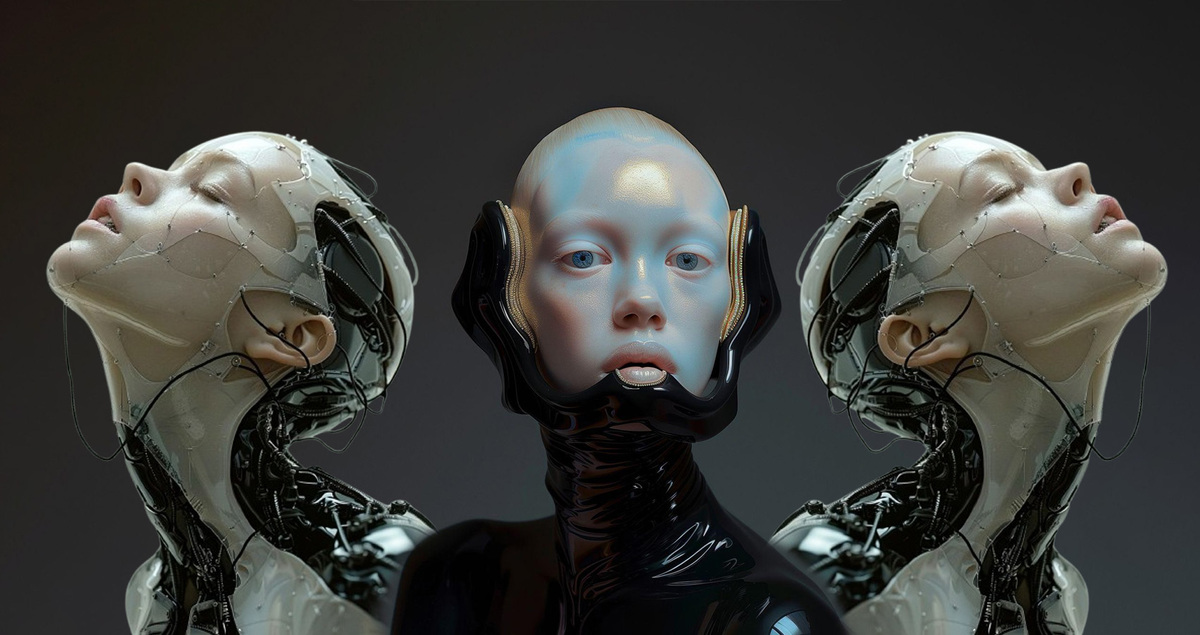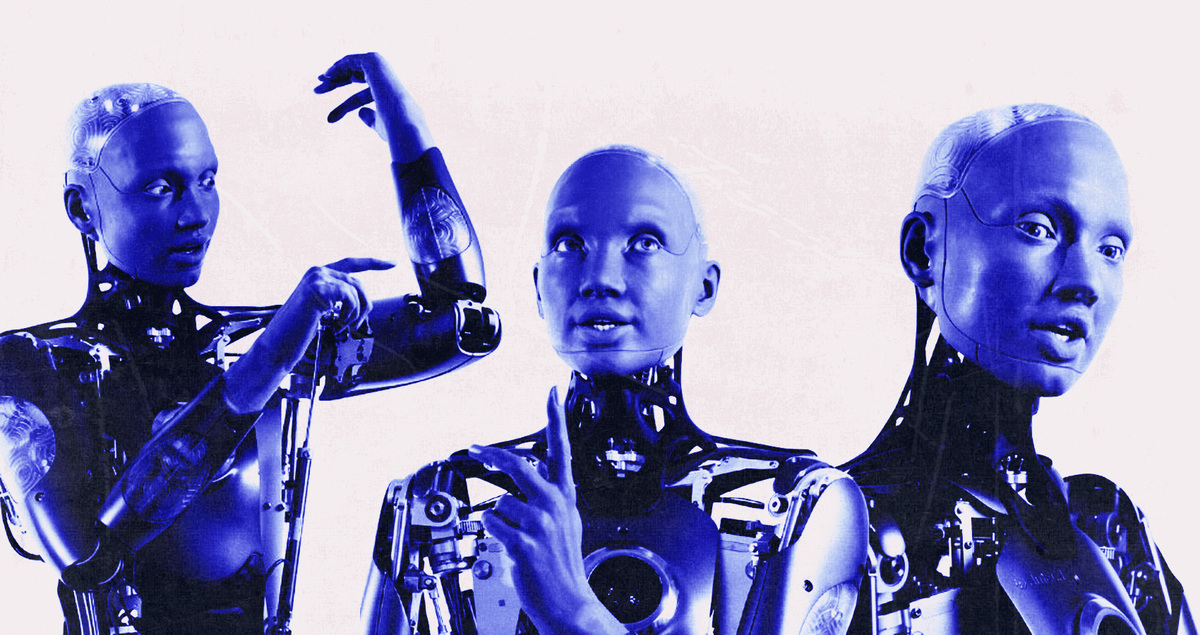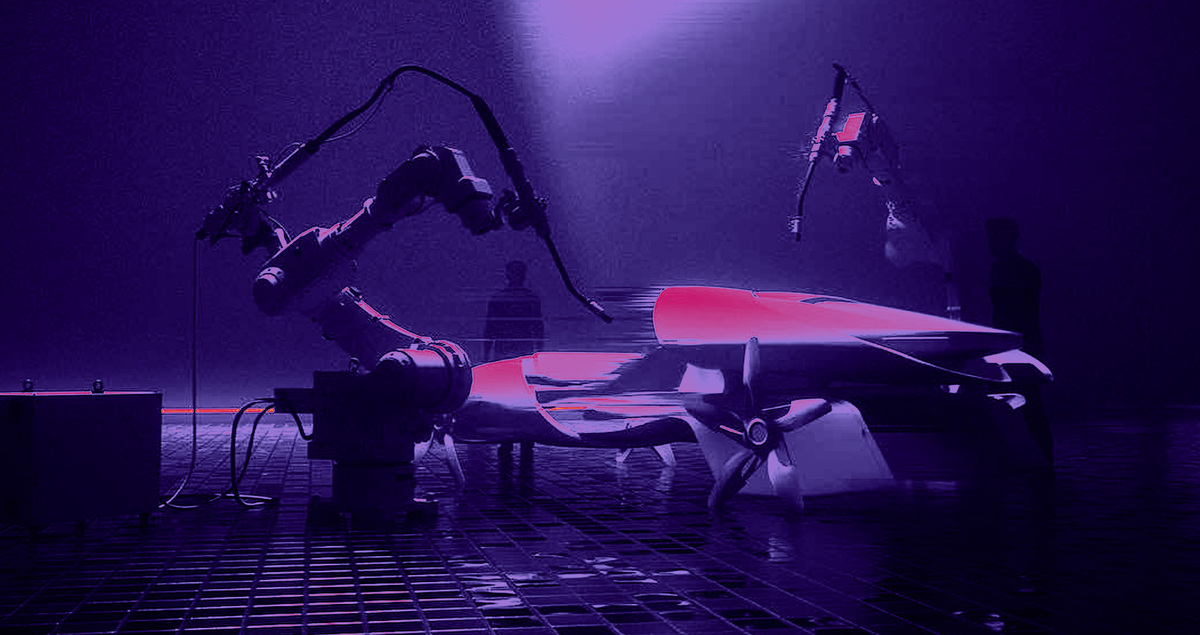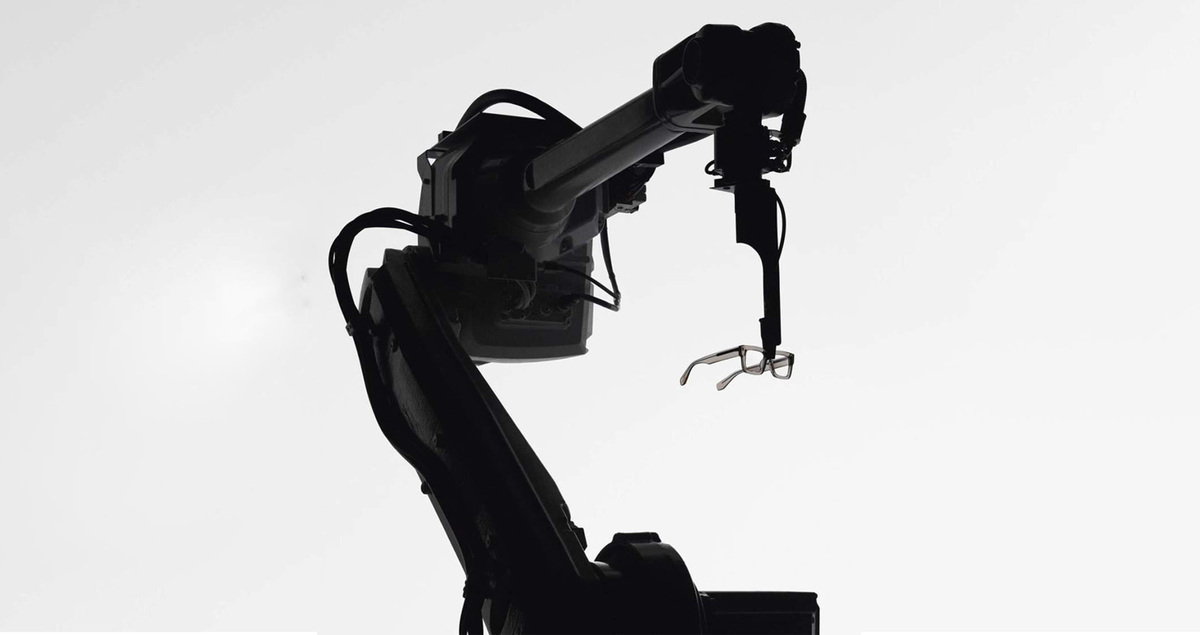
Humanoid Robots: Bridging the Gap Between Science Fiction and Reality
How AI propelled humanoid robots from concept to reality.
The idea of humanoid robots isn’t new; it dates back centuries. Many civilizations have had a thing or two to do with beings who could mimic human actions. However, the first breakthrough only arrived in the 20th century, when Waseda University, Japan, developed WABOT-1. This robot could walk, grasp objects, and even communicate in Japanese.
However, WABOT-1 pales in comparison to modern-day humanoid species like Atlas and Sophia. These bots can assist you in healthcare and education and even improve your online casino nz gaming experience. It’s like we’ve gone full circle. In this article, we look at how they came to be and what they can do, among others. Keep reading!
Humanoids: How They Became So Futuristic
From Leonardo’s conceptual mechanical knight that could sit, stand, and move its arms independently to WABOT-1, it’s clear that human-like bots are nothing new. However, how have they become the all-powerful machines we know today?
One word: AI. The integration of artificial intelligence (AI) in the latter half of the 20th century revolutionized these robots. AI enabled robots to process information, learn from their environment, and make decisions. Today, they are more advanced than ever, thanks to continuous improvements in AI, machine learning, and material science.

Most Notable Humanoid Models
Three bigwigs dominate the fight for the most advanced human-like bots today. They are Atlas by Boston Dynamics, Sophia by Hanson Robotics, and Ameca by Engineered Arts. Here’s what you need to know about these technological marvels:
- Atlas is like the athlete of the robot world, known for its incredible agility and balance. Talk about a machine that can run, jump, and even do backflips! Atlas is built to navigate rough terrains and perform tasks that require a high degree of mobility. It’s equipped with advanced control systems and sensors to adapt to its environment in real-time settings. So lifting heavy objects or navigating through obstacles breaks no sweat;
- Sophia is perhaps the most famous, particularly for her lifelike appearance and expressive face. She can hold conversations, recognize faces, and even display a range of emotions. She has made numerous public appearances, including on TV shows and at conferences, where she discusses topics from technology to human rights. Sophia’s AI allows her to process speech and respond naturally, effectively blurring the line between science fiction and reality;
- Ameca is designed to be the pinnacle of human-robot interaction. Ameca’s standout feature is its incredibly realistic facial expressions, which can convey a wide range of emotions. Courtesy of cameras and sensors, it can track movements and recognize faces accurately, so interactions feel more personal. Ameca has been showcased at various tech events, where it has impressed audiences with its ability to mimic gestures and expressions.

Real-Life Applications for Today’s Humanoid Robots
Super-bots are not only good at conversations or physical activities. They also excel in real-life scenarios, ranging from healthcare and hospitality to education and gaming. Here’s how they discharge these functions:
Healthcare
Humanoid bots can help with patient care, companionship, and rehabilitation exercises. Sophia, for instance, can interact with patients, offering emotional support and monitoring their health. She’s particularly beneficial for elderly patients who may need constant care and companionship.

Industry
In the industrial sector, human-like robots are invaluable for performing repetitive and hazardous tasks. They can work alongside human workers in manufacturing plants, handling dangerous materials and operating in extreme conditions.

Education
Advanced bots are also proving invaluable in educational settings for teaching programming and interacting with students. Models like Nao and Pepper can engage with students, making lessons more engaging and interactive. Other capabilities include providing personalized attention to students and helping explain complex concepts more easily.
Hospitality
In the hospitality sector, humanoid robots serve as concierges, bartenders, and entertainers. They can greet guests, provide information, and serve drinks and snacks. This enhances the guest experience and allows human staff to focus on more intricate tasks that require a personal touch.
Rescue
Humanoid robots are increasingly being deployed in search and rescue missions. Their ability to navigate through rubble and hazardous environments makes them ideal for locating and assisting survivors in disaster-stricken areas. Equipped with advanced sensors and AI, these robots can operate in conditions that are too dangerous for human rescuers.
Gaming
Superbots are also helping us have a more enjoyable gaming experience. With AI, games can automatically assess your in-game behavior and gameplay data in real time to offer dynamic experiences. This leads to auto difficulty levels, encounters, and item drop rates. Casinos also use AI to provide comprehensive stats, keeping members informed as they bet and play.
Humanoid Robots Are the Most Advanced Human Behaviour Mimics
Indeed, humanoid robots aren’t a novel concept. However, only AI-integrated models have truly redefined the relationship between reality and sci-fi. While these bots are limited to how AI develops, they are already resetting concepts and outperforming expectations. We’re excited to see what the future holds! Are you?











